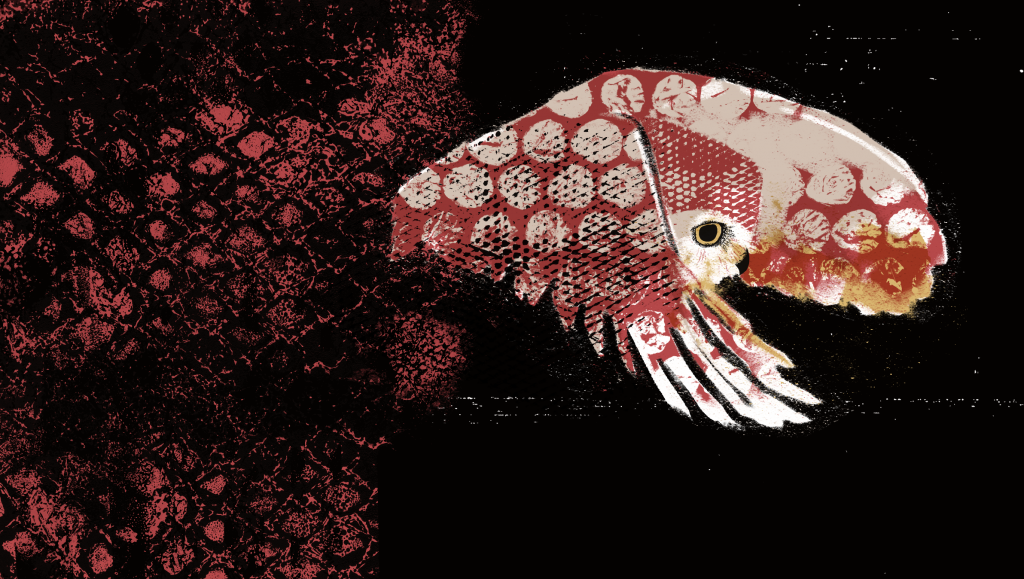For a lot of us, disease conjures up images of human suffering. But what about animals and plants? Those of us lucky enough to own pets and unlucky enough to lose them to illness have a certain dread for pet disease. Most of us have also heard about historical plant infections that have wiped out food crops and plunged entire countries and civilisations into famine; however, botanical outbreaks on that scale are seemingly on the decline. By virtue of being living organisms,
animals and plants get diseases and infections caused by the same agents that tend to infect humans: bacteria, viruses, fungi, and protozoa. This issue is an attempt to highlight the ways in which these organisms impact wildlife, and the implications of the resulting infections.
When we address the pressing issues of wildlife and biodiversity conservation today, disease is something that needs to factor into the equation. Thierry Work elaborates on this issue, giving examples from intricately connected ecological systems. Many times, animal disease can jump to humans in a process known as “spillover”– the topic of David Quammen’s bestselling book, reviewed here by Caitlin Kight. As discussed by Aswathy Vijayakumar and Andrea Phillot, spillovers
are particularly common in tropical areas and other habitats where pathogens and the agents that spread them have been expanding their ranges as a result of climate change.
Another critical factor in wildlife disease is the dynamics between hosts and reservoirs. This is exemplified by the case of India’s stray dogs and Hawaii’s mosquitoes, as described by Aniruddha Belsare and Farah Ishtiaq, respectively. However, Caitlin Kight’s primer on plant disease serves as a reminder that animals are not the only organisms afflicted by infection.
By definition, wildlife diseases impact free-living species—but this doesn’t mean that these illnesses don’t also affect humans in some way. This is the message from Pramod Patil and Milind Watve, who write about how research into wildlife disease can actually improve our ability to study and understand human health.
Although most people would probably deem it preferable that there were no such thing as disease at all, the examples highlighted in this issue indicate that susceptibility to sickness is yet another thing that unites living organisms.
Issue (Guest) Editors: Sandhya Sekar & Caitlin Kight
donate
Conservation is for everyone, and we help you understand it.
Donate




